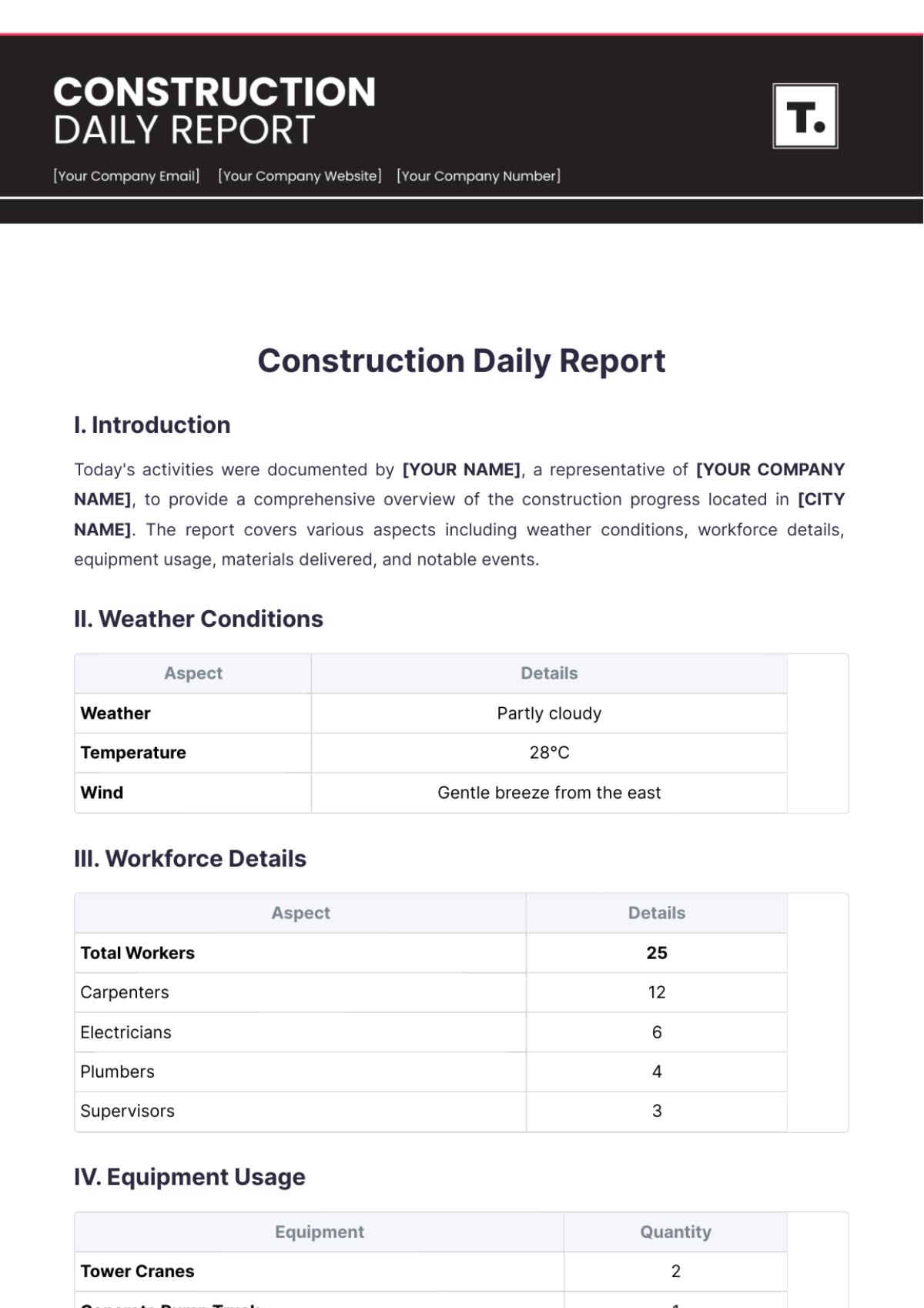Free Aesthetic Abstract-Only Report Template
Aesthetic Abstract-Only Report
Prepared By: [Your Name]
Date: January 11, 2050
I. Abstract
This report delves into the enigmatic patterns found in natural environments, blending aesthetics with scientific exploration. The objectives include identifying unseen patterns, understanding their formation, and evaluating their significance. Methods involve advanced imaging and analytical tools to capture and analyze data. Results reveal a complex interplay of natural elements creating aesthetically pleasing configurations. Conclusions emphasize the intrinsic value of these patterns and their potential applications in design and art.
II. Key Findings
Discovery of unique patterns in varied natural settings.
Application of novel imaging technologies for pattern identification.
Insights into the structure-formation processes of natural patterns.
Potential implications for artistic and architectural designs.
III. Visuals

Technique | Description | Applications |
|---|---|---|
High-Resolution Imaging | Captures detailed images of natural patterns. | Scientific research, documentation |
Spectral Imaging | Analyzes light wavelengths to reveal hidden patterns. | Environmental monitoring, art |
3D Scanning | Creates three-dimensional models of natural structures. | Architecture, Restoration |
Computational Analysis | Uses algorithms to identify and quantify patterns. | Data analysis, design innovation |
Figure 1: Analysis of Nature Patterns

Pattern Type | Formation Process | Examples |
|---|---|---|
Fractals | Self-replicating patterns at different scales. | Snowflakes, coastlines |
Fibonacci Sequence | Growth patterns follow a specific numerical sequence. | Flower petals, shells |
Symmetry | Balanced proportions are often found in nature. | Leaves, animal markings |
Tiling | Repeating patterns covering a surface. | Honeycombs, animal skins |
Figure 2: Pattern Formation in Natural Environments
IV. Keywords
Pattern Recognition: The process of identifying and analyzing recurring designs or motifs in data, essential for understanding natural phenomena.
Aesthetic Analysis: The study of visual elements and their emotional impact, focusing on the beauty and appeal of natural patterns.
Nature Imaging: Techniques used to capture and visualize natural elements, providing insights into their structure and form through advanced technology.
Design Applications: Practical uses of identified patterns in creative fields such as art, architecture, and product design, enhancing functionality and aesthetics.
Structural Formation: The processes and principles governing how patterns develop in natural environments, influencing the organization and arrangement of elements.
Environmental Patterns: Recurring themes and motifs found in ecosystems, reflecting the interplay between various natural forces and elements.

















































